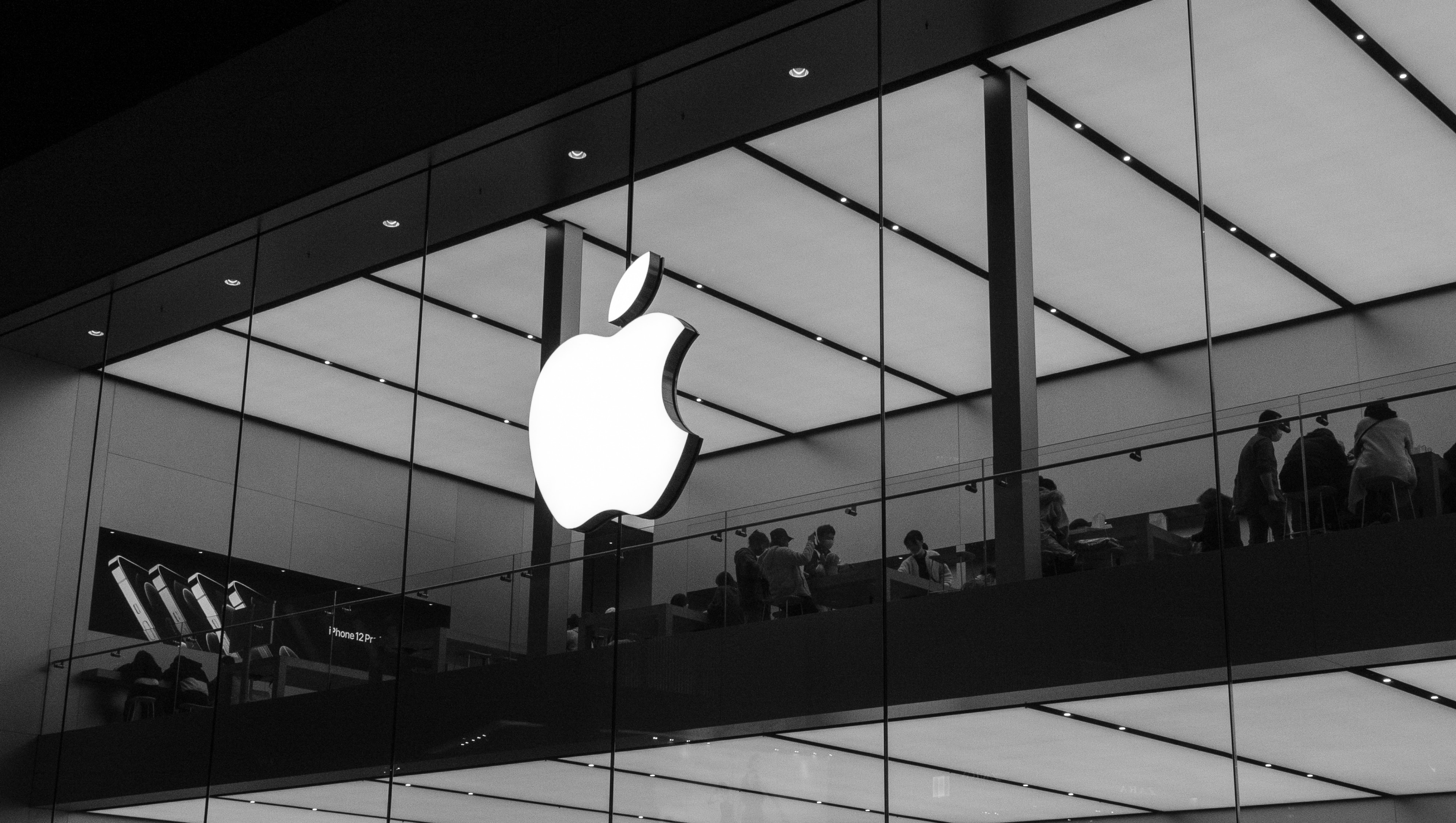In today's competitive business world, it's more important than ever for companies to establish a strong brand voice that resonates with their target audience.
But what exactly is a brand voice, and how do successful companies cultivate one?
In this article, we will explore some real-world examples of companies that have developed a strong brand voice and examine the strategies they used to achieve success.
TL;DR
- A brand voice is a unique tone and style of communication used to distinguish the voice of a particular brand or organization.
- When crafting your brand voice, consider the personality you want your brand to project.
- The main elements of a brand voice are tone, language, messaging and personality.
- Mistakes to avoid when crafting a brand voice include being inconsistent, too generic, too salesy and insensitive.
- Nike, Apple and Coca-cola are all great real-world successful examples when it comes to having a good brand voice.
- With its brand personas, knowledge bases and brand script features, TextCortex AI is the perfect tool for building your brand voice.
What is a Brand Voice?
A brand voice is a unique tone and style of communication used to distinguish the voice of a particular brand or organization.
It is the personality and character of the brand, expressed through words, images, and design: essentially, a brand voice is what makes a brand instantly recognizable and memorable.
How to craft a brand voice
When crafting your brand voice, consider the personality you want your brand to project.
What kind of words and language will your customers relate to? How will you communicate your message in a way that reflects the values of your brand? It’s important to think about the tone and style you want to use when interacting with customers. Will you be friendly and conversational, or will you use more formal language?
Once you have established the personality of your brand, stick to it: consistency is key when it comes to building a successful brand voice. Use the same language and tone in all of your marketing materials, from your website to your emails to your social media posts. This will help to create a unified message that is easily recognizable to your customers.
Key elements of a brand voice
The main elements of a brand voice are tone, language, messaging and personality.
1. Tone: the tone of a brand voice refers to the overall feeling or emotional quality conveyed by the brand's messaging. This can range from serious and professional to playful and irreverent, depending on the brand's personality and target audience.
2. Language: the language of a brand voice refers to the specific word choices and phrasing used to communicate the brand's messaging. This can include everything from technical jargon to colloquial slang, depending on the brand's tone and target audience.
3. Messaging: the messaging of a brand voice refers to the specific ideas, values and benefits that the brand seeks to convey to its target audience. This can include things like product features, brand values, or unique selling propositions.
4. Personality: the personality of a brand voice refers to the overall character or persona that the brand seeks to embody. This can include traits like friendliness, humor, or sophistication and is often influenced by the brand's target audience and industry.
Mistakes to avoid
When crafting a brand voice, it's important to avoid certain pitfalls that can undermine the effectiveness of your messaging.
Here are some common mistakes it’s best you avoid:
1. Being inconsistent: one of the most important aspects of a brand voice is consistency. If your messaging, tone, and language vary widely from one piece of content to the next, it can be confusing and off-putting to your audience.
2. Being too generic: a strong brand voice should be unique and distinct, reflecting the personality and values of your brand. If your messaging sounds too generic or cookie-cutter, it may fail to stand out from the crowd.
3. Being too salesy: while it's important to communicate the benefits and value of your products or services, being too pushy or overtly salesy can turn people off. Instead, focus on building trust and establishing a connection with your audience.
4. Being insensitive: in today's socially conscious world, it's important to be mindful of issues like diversity, inclusion, and cultural sensitivity. Avoid language or messaging that could be perceived as insensitive or offensive to any group of people.
Real-World Examples
Now that you’re more familiar with the steps to take to put together a brand voice, let’s take a look at some real-world successful examples!
Nike
Nike's brand voice is built around the idea of empowering athletes to push their limits and achieve their goals.
The tone is motivational and inspirational, with messaging that emphasizes the power of determination and hard work.
Nike's language is often aspirational and inclusive, using phrases like "just do it" to connect with a wide range of people and make them feel part of the Nike community.

Apple
Apple's brand voice is built around the idea of simplicity, elegance and innovation.
The tone is sophisticated and refined, with messaging that emphasizes the beauty and functionality of Apple's products.
Apple's language is often poetic and evocative, using phrases like "think different" to appeal to people's emotions and aspirations.
Overall, Apple's brand voice is sleek, aspirational, and highly effective at creating a sense of exclusivity and desirability around its products.

Coca-cola
Coca-Cola's brand voice is built around the idea of happiness and joy.
The tone is upbeat and optimistic, with messaging that emphasizes the simple pleasures of life and the moments of connection that Coca-Cola can help create.
Coca-Cola's language is often nostalgic and aspirational, using phrases like "refreshing the world" and "taste the feeling" to evoke positive emotions and memories.
Coca-Cola's brand voice is warm, friendly, and highly effective at creating an emotional connection with its audience.

Build Your Brand Voice with TextCortex AI
TextCortex AI is the perfect tool for building your brand voice.
It is a cutting-edge artificial intelligence tool that can help you create content that is unique, effective and consistent with your brand’s message.
Knowledge Bases
Our Knowledge Bases will allow you to upload your own documents and retrieve information from them directly within ZenoChat.
Dream of easily and swiftly being able to access all the essential details related to your brand when uploading a simple PDF file of 80 pages after engaging with Zeno's interface―all of that accomplished within below 3 seconds!
Brand personas
Did you know that you can teach your virtual assistant ZenoChat how to impersonate any professional figure of your choosing?
Our Brand Personas feature is where the magic is at.
Large organizations can have a hard time maintaining the same tone in their communication but such issues can be addressed by taking advantage of our Brand Personas feature which guarantees that the story behind the brand remains consistent!
Brand Script
Leverage TextCortex’s powerful AI to craft an attractive brand script, drawing attention to the important values and advantages that only your organization can provide!
We have built a 7-step Brand Script Framework you can follow to craft a communication that will effectively illustrate your brand values and help your customers understand why they should choose you over anyone else.

%20(9).png)


%20(4).png)

%20(12).png)